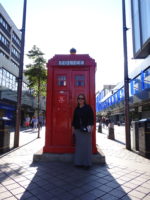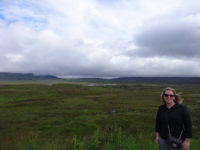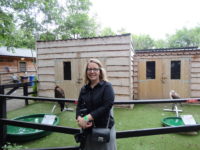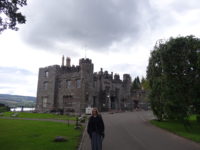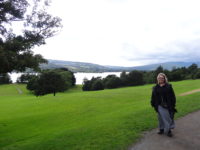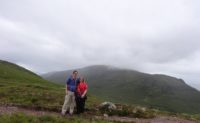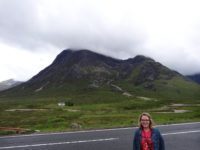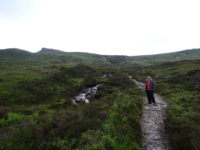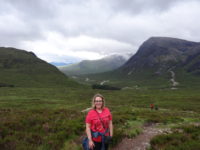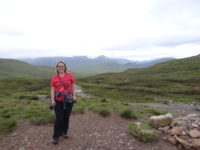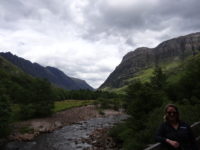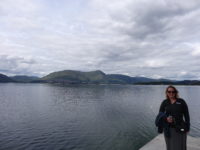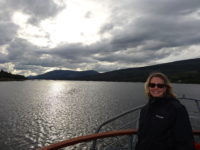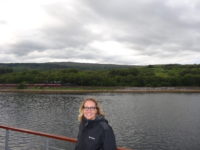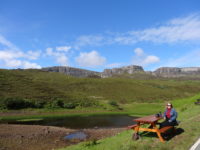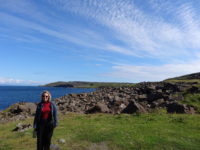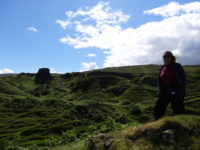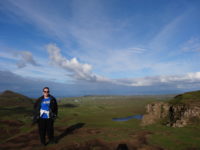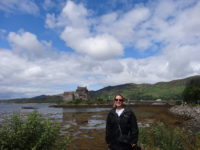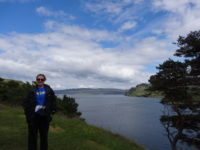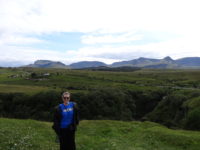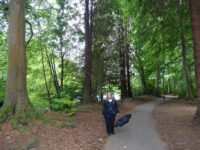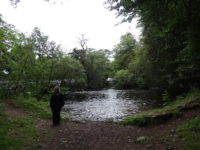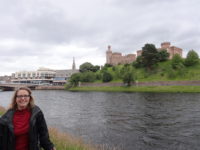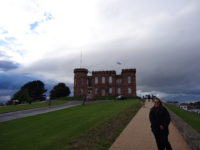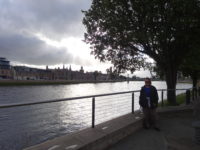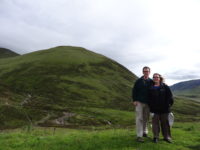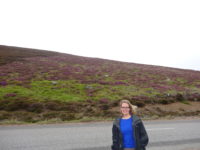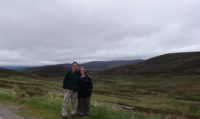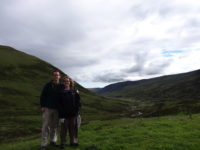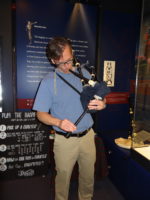 There is always a certain amount of relief when I get to drop off a rental car, especially when the car company employee says everything is okay, and especially when I’d refused insurance coverage thinking my credit card covers it (I checked today, and it does, but I was nervous about it). So today we turned the car in at the Glasgow Airport, and became dependent on public transportation and feet again. Not a bad thing in Glasgow – the streets are not anywhere I would want to drive, thank you.
There is always a certain amount of relief when I get to drop off a rental car, especially when the car company employee says everything is okay, and especially when I’d refused insurance coverage thinking my credit card covers it (I checked today, and it does, but I was nervous about it). So today we turned the car in at the Glasgow Airport, and became dependent on public transportation and feet again. Not a bad thing in Glasgow – the streets are not anywhere I would want to drive, thank you.
We got a bus to the central bus station and walked the five minutes or so to where we were staying the night – the Pipers’ Tryst Hotel, which is attached to the National Piping Centre. It was a little before noon and the room was not ready, but they told us it would be in fifteen or twenty minutes, and that we had free admission to the bagpipe museum in the building. Naturally, we did that. It is really small, but well done, especially if you like the pipes. Meredith and I got a couple weak and sick bleeps out of a practice chanter (the melody part with no bag attached), and I got the drones going on a full set of pipes, but not the melody chanter – it would not sound at all; maybe it was broken or there was a valve I was missing. Still, good photo op.
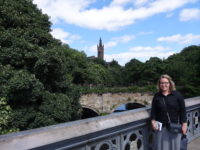 We checked into our room and set off, stopping at the Glasgow Art School cafe for lunch, where Meredith reminded me of her dominance in ping pong, 10-3. After lunch, we walked over to the Tenement House Museum, which is very interesting and unusual. Tenement, in this case, refers to a style of shared building, and did not mean it had to be a slum. This house seemed to be fairly middle class, with four rooms. What was unusual in this case is that the woman who lived in the tenement home lived there for over fifty years, and she changed almost nothing in the rooms and kept many of her documents and such – so much so that when the flat was opened up after she died, which was after a ten-year stay in the hospital, they found canned jams in the cupboard, some dating from 1929. Somehow, a woman saw through the dust and mildew of ten years of the place’s being empty, and she bought the place, cataloged everything, and then sold it to the Scottish National Trust as an example of early twentieth century life in Glasgow. The place was so untouched that they only had to put gas lighting back in to replace the electric lights installed in 1960. It was an interesting museum based around a very normal working woman and her home.
We checked into our room and set off, stopping at the Glasgow Art School cafe for lunch, where Meredith reminded me of her dominance in ping pong, 10-3. After lunch, we walked over to the Tenement House Museum, which is very interesting and unusual. Tenement, in this case, refers to a style of shared building, and did not mean it had to be a slum. This house seemed to be fairly middle class, with four rooms. What was unusual in this case is that the woman who lived in the tenement home lived there for over fifty years, and she changed almost nothing in the rooms and kept many of her documents and such – so much so that when the flat was opened up after she died, which was after a ten-year stay in the hospital, they found canned jams in the cupboard, some dating from 1929. Somehow, a woman saw through the dust and mildew of ten years of the place’s being empty, and she bought the place, cataloged everything, and then sold it to the Scottish National Trust as an example of early twentieth century life in Glasgow. The place was so untouched that they only had to put gas lighting back in to replace the electric lights installed in 1960. It was an interesting museum based around a very normal working woman and her home.
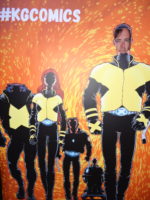 We got all-day passes for the subway, which is in a ring around Glasgow, and it is a bit cramped – I hit my head while standing in the car. But it got us near the Kelvingrove Museum, which is Glasgow’s eclectic museum. It has a Spitfire airplane from WW 2, dinosaur bones, various taxidermy animals, ancient Egyptian items, sculpture, paintings, and lots of Scottish art and history. Their art museum has a number of individual works by great impressionists, and I was impressed. Their most famous piece is Dali’s Christ of St. John of the Cross. It is a fantastic work, but there was public outcry at the 8,200 pounds spent on it in 1952. It is now estimated to be worth 60 million pounds, and put the Kelvingrove on the international map. I had not known it was attacked by a man in 1961, which resulted in much of the bottom section’s being torn. I actually could not tell – the restoration went very well.
We got all-day passes for the subway, which is in a ring around Glasgow, and it is a bit cramped – I hit my head while standing in the car. But it got us near the Kelvingrove Museum, which is Glasgow’s eclectic museum. It has a Spitfire airplane from WW 2, dinosaur bones, various taxidermy animals, ancient Egyptian items, sculpture, paintings, and lots of Scottish art and history. Their art museum has a number of individual works by great impressionists, and I was impressed. Their most famous piece is Dali’s Christ of St. John of the Cross. It is a fantastic work, but there was public outcry at the 8,200 pounds spent on it in 1952. It is now estimated to be worth 60 million pounds, and put the Kelvingrove on the international map. I had not known it was attacked by a man in 1961, which resulted in much of the bottom section’s being torn. I actually could not tell – the restoration went very well.
There was also a comic art collection special exhibit going on, but sadly, by the time we went to check it out, we realized that it cost seven pounds each, and we only had about forty-five minutes until the museum closed. Next time.
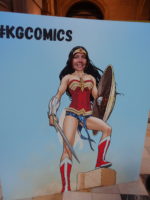 After supper, we finished our Glasgow evening with a thirty-minute walk back to the hotel. We like walking in cities so that we can see them at a slower pace. We detoured through a pedestrian area just to see people out and about. The weather was perfect, and people were just milling around, shopping and eating and hanging out.
After supper, we finished our Glasgow evening with a thirty-minute walk back to the hotel. We like walking in cities so that we can see them at a slower pace. We detoured through a pedestrian area just to see people out and about. The weather was perfect, and people were just milling around, shopping and eating and hanging out.
That wraps up Scotland for this trip. Our flight is at 8:30 am tomorrow, so the only sights we will see will be the bus stop and airport. The trip was a wild success, with only a few bumps along the way and with mostly good weather (once we figured out to carry up to three layers of clothes with us). My goal of not being too hot was met, and it was nice to be in a country where I could speak to the locals, mostly. Glasgow has a bit of an accent.
